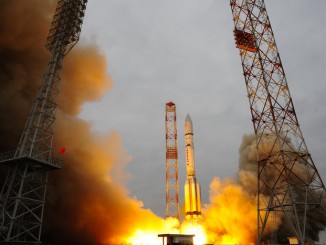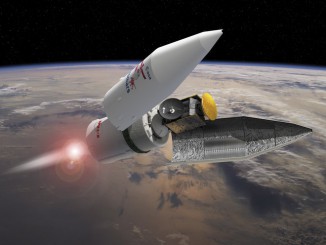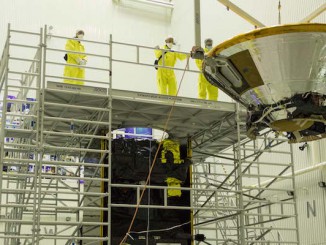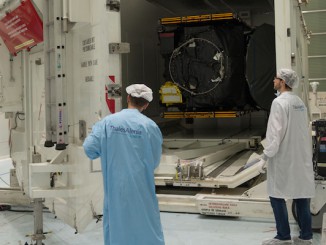
Trace Gas Orbiter

Mission Reports

Mission Reports

Mission Reports

Mission Reports

Mission Reports

Mission Reports

Mission Reports

Mission Reports

Mission Reports

Mission Reports
